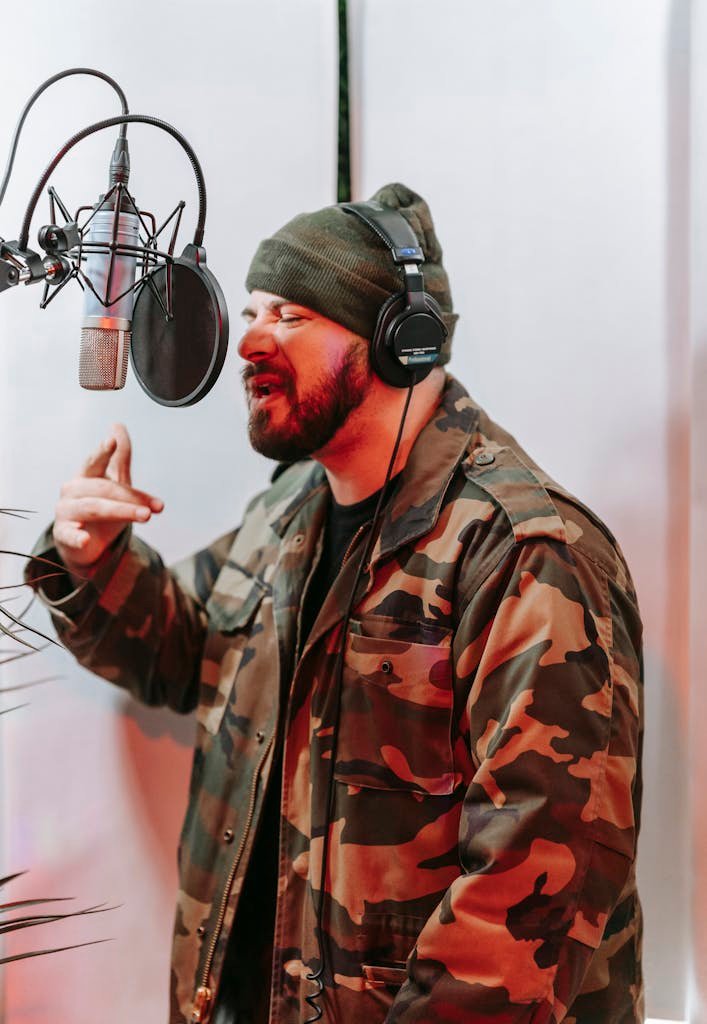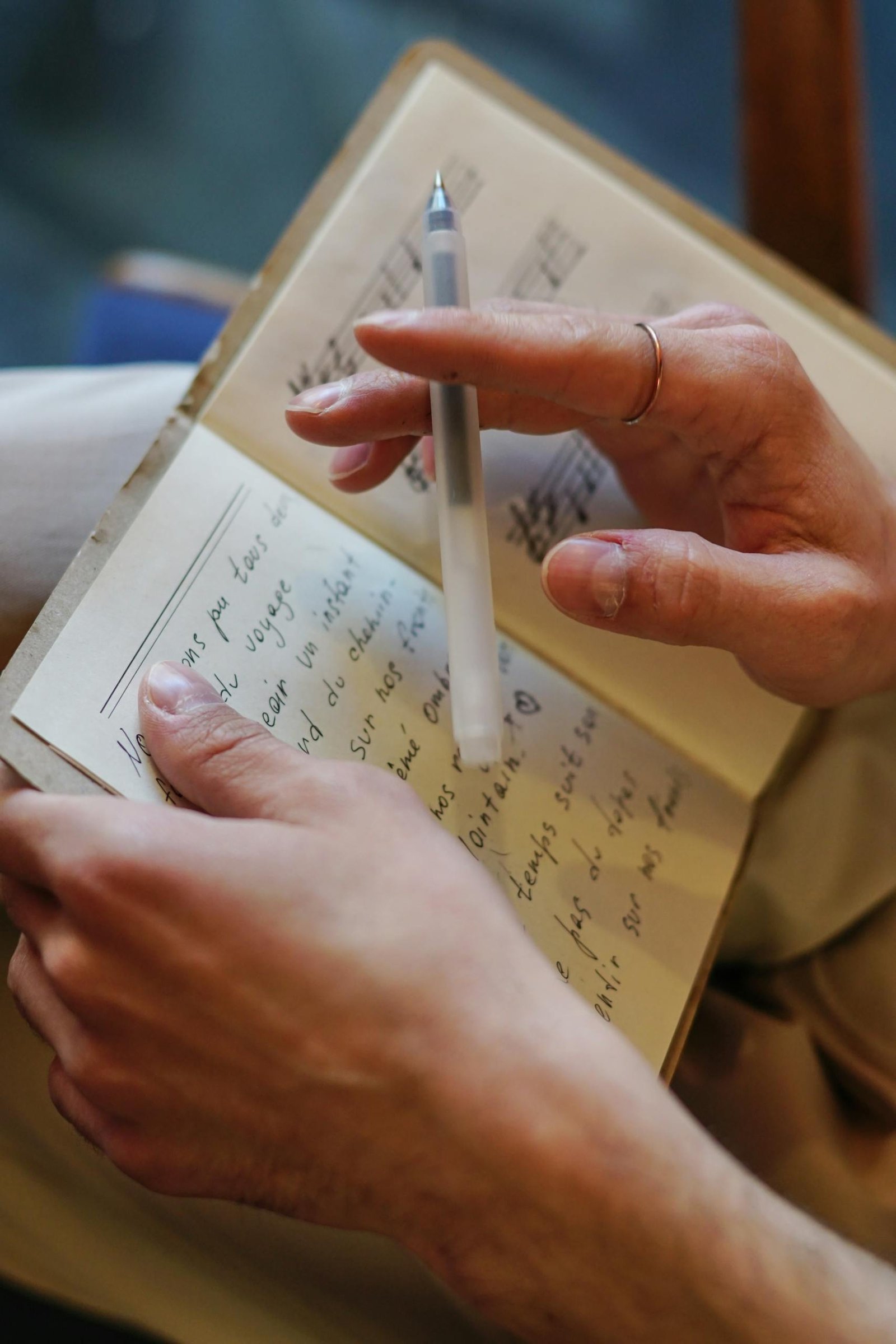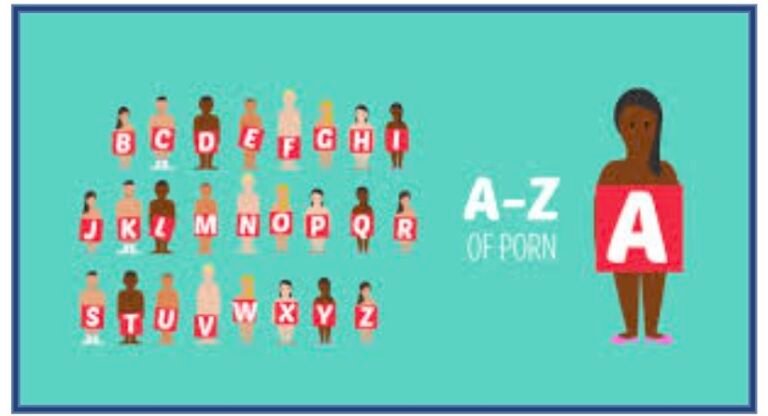Writing lyrics can feel like navigating a maze blindfolded. You want your words to resonate, to tell a story, to evoke emotion—but where do you start? How do you avoid getting stuck in a cycle of clichés, weak lines, or creative burnout? This comprehensive guide will walk you through the art and craft of writing stunning lyrics, offering practical strategies, creative exercises, and actionable advice to help you find your voice and create songs that leave a lasting impact. Whether you’re a beginner or a seasoned songwriter, this 5,000-word guide will provide the tools you need to write lyrics with confidence and clarity.
Read more :Beauty Tips – Well Health Organic.com | The Ultimate Guide to Healthy, Glowing Skin
Table of Contents
- Understanding the Essence of Lyrics
- Getting Started: Overcoming the Blank Page
- Crafting a Strong Foundation for Your Lyrics
- Techniques to Spark Creativity
- Writing Lyrics That Connect Emotionally
- Refining Your Lyrics: Editing and Polishing
- Avoiding Common Pitfalls
- Collaborating with Music and Musicians
- Testing and Sharing Your Lyrics
- Staying Inspired for the Long Haul
- Conclusion: Your Journey to Stunning Lyrics
1. Understanding the Essence of Lyrics
Lyrics are the heartbeat of a song. They’re the words that carry the story, emotion, and message to the listener. At their core, lyrics are a blend of poetry, storytelling, and emotional resonance, set to music. But unlike poetry, which often stands alone, lyrics must work in harmony with melody, rhythm, and instrumentation.
Why Lyrics Matter
- Emotional Connection: Lyrics give listeners a way to relate to your song, whether through shared experiences, vivid imagery, or raw emotion.
- Storytelling: Great lyrics tell a story or paint a picture, even in abstract forms like pop or electronic music.
- Memorability: Catchy, well-crafted lyrics stick in the listener’s mind, making your song unforgettable.
The Challenges of Lyric Writing
Writing lyrics isn’t just about rhyming words or filling space. It’s about balancing creativity with structure, emotion with clarity, and originality with relatability. Common struggles include:
- Feeling overwhelmed by the blank page.
- Writing lines that feel generic or uninspired.
- Struggling to match lyrics to a melody.
- Losing motivation or confidence in your ideas.
This guide will address these challenges step-by-step, helping you write lyrics that feel authentic and impactful.
2. Getting Started: Overcoming the Blank Page
The blank page is every songwriter’s nemesis. Staring at an empty notebook or screen can feel paralyzing, but there are ways to break through the block and start writing.
Step 1: Set the Mood
Before you write, create an environment that inspires you:
- Find a Quiet Space: Minimize distractions to focus on your thoughts.
- Gather Inspiration: Listen to music in the genre you’re writing for, read poetry, or watch a movie that evokes the mood you want.
- Use Tools: Keep a notebook, voice recorder, or app like Evernote handy to jot down ideas.
Step 2: Freewriting
Freewriting is a powerful way to get ideas flowing without judgment. Set a timer for 10 minutes and write whatever comes to mind. Don’t worry about rhymes, structure, or perfection—just let the words spill out. For example:
- Write about a recent experience or emotion.
- Describe a place, person, or moment that feels vivid to you.
- Jot down random phrases or words that resonate.
Step 3: Start with a Prompt
If freewriting feels too open-ended, use a prompt to guide you:
- Emotion-Based: “Write about a time you felt unstoppable.”
- Story-Based: “Describe a character who’s running from something.”
- Image-Based: “Picture a rainy city street at midnight—what do you see, hear, and feel?”
Step 4: Collect Ideas Over Time

Great lyrics often come from fragments of inspiration. Keep a “lyric bank” where you store:
- Snippets of conversation you overhear.
- Lines from books, movies, or poems.
- Random thoughts or phrases that strike you.
By building a habit of collecting ideas, you’ll always have material to draw from when you sit down to write.
3. Crafting a Strong Foundation for Your Lyrics
Once you’ve overcome the blank page, it’s time to lay the groundwork for your lyrics. A strong foundation ensures your song has direction and purpose.
Choose a Theme or Message
Every great song has a central idea or theme. Ask yourself:
- What story do I want to tell?
- What emotion do I want to evoke?
- What message, if any, do I want to convey?
For example:
- Theme: Love and heartbreak.
- Message: “Even after loss, there’s hope in moving forward.”
- Story: A couple parting ways at a train station.
Define Your Song’s Structure
Most songs follow a standard structure, though you can experiment:
- Verse: Tells the story or builds the narrative.
- Chorus: The emotional or thematic core, often repetitive and catchy.
- Bridge: A contrasting section that adds depth or a new perspective.
- Pre-Chorus: A transitional section between verse and chorus.
Example structure:
- Verse 1 → Chorus → Verse 2 → Chorus → Bridge → Chorus
Match Lyrics to the Song’s Vibe

Consider the mood and genre of the music:
- Upbeat Pop: Use simple, catchy phrases with universal themes.
- Folk: Focus on storytelling and vivid imagery.
- Hip-Hop: Emphasize rhythm, wordplay, and clever rhymes.
- Ballad: Lean into emotional depth and poetic language.
Write a Working Title
A title can anchor your song and give you focus. It doesn’t have to be final, but it should reflect the theme or mood. For example:
- “Fading Lights” for a song about letting go.
- “Runaway Heart” for a story of adventure and love.
4. Techniques to Spark Creativity
Creativity is the fuel for stunning lyrics. Here are proven techniques to ignite your imagination and keep ideas flowing.
Technique 1: Word Association
Start with a single word related to your theme (e.g., “freedom”). Write down every word or phrase it brings to mind:
- Freedom → escape, sky, chains, wind, running, open road. Use these words to build lines or imagery, like: “Running down an open road, chains left in the dust.”
Technique 2: Sensory Details
Great lyrics make listeners see, hear, feel, taste, or smell the scene. Describe your theme using the five senses:
- Sight: “The neon glow of a late-night diner.”
- Sound: “The hum of a distant train.”
- Touch: “Cold rain on my skin.”
- Taste: “The bitter sting of cheap coffee.”
- Smell: “The scent of pine in the morning air.”
Technique 3: Metaphors and Similes
Metaphors and similes add depth and make your lyrics memorable. Compare your theme to something unexpected:
- “Love is a wildfire, burning out of control.”
- “Her smile was like sunlight breaking through a storm.”
Technique 4: Rhyme and Rhythm
While not all songs need strict rhymes, they can enhance flow. Experiment with:
- Perfect Rhymes: Love/dove, heart/apart.
- Slant Rhymes: Home/alone, fire/desire.
- Internal Rhymes: Rhyming within a line, like “I’m chasing dreams in moonlit streams.”
Pay attention to syllable count to ensure your lyrics fit the melody’s rhythm.
Technique 5: Steal Like an Artist
Borrow inspiration from other songs, poems, or stories—but make it your own. For example:
- Take a line like Bob Dylan’s “The answer, my friend, is blowin’ in the wind” and reimagine it: “The truth, my love, is driftin’ in the rain.”
5. Writing Lyrics That Connect Emotionally
The best lyrics make listeners feel something. Here’s how to infuse your words with emotional resonance.
Tap Into Universal Emotions
Focus on emotions everyone can relate to:
- Love, loss, hope, fear, joy, anger.
- Example: Instead of “I’m sad,” try “My heart’s a house with empty rooms.”
Show, Don’t Tell
Rather than stating emotions, show them through imagery or action:
- Instead of “I’m lonely,” write “I’m talking to shadows on the wall.”
- Instead of “I’m happy,” write “I’m dancing in the rain with no umbrella.”
Be Specific but Relatable
Specific details make your lyrics authentic, but they should still feel universal. For example:
- Specific: “We carved our names in the oak by the river.”
- Universal: “We swore we’d stay forever.”
Use Repetition Wisely
Repetition reinforces key themes or emotions. Think of choruses like:
- “Let it be, let it be” (The Beatles).
- “I will always love you” (Whitney Houston). Repeat a phrase or word to drive home the song’s core message.
6. Refining Your Lyrics: Editing and Polishing
First drafts are rarely perfect. Editing is where your lyrics go from good to stunning.
Step 1: Read Aloud
Read your lyrics aloud to check for:
- Flow: Do the words feel natural when spoken or sung?
- Rhythm: Do the syllables match the melody’s cadence?
- Clarity: Are the ideas clear and concise?
Step 2: Cut the Clutter
Eliminate unnecessary words or clichés:
- Instead of “I’m feeling so very sad and alone,” try “I’m lost in the quiet.”
- Replace overused phrases like “heart on fire” with fresh imagery.
Step 3: Test for Singability
Sing your lyrics to the melody (or a rough version of it). Adjust words that feel awkward or don’t fit the rhythm.
Step 4: Get Feedback
Share your lyrics with trusted friends, fellow musicians, or a songwriting group. Ask:
- Do the lyrics evoke the intended emotion?
- Are there confusing or weak lines?
- Does the story or message come through?
Step 5: Revise and Repeat
Don’t be afraid to rewrite entire verses or choruses. Great lyrics often take multiple drafts. Keep refining until every line feels essential.
7. Avoiding Common Pitfalls
Even talented songwriters fall into traps. Here’s how to steer clear of common mistakes.
Pitfall 1: Overcomplicating
Complex words or overly abstract ideas can alienate listeners. Keep lyrics conversational and relatable.
Pitfall 2: Forcing Rhymes
Forced rhymes sound unnatural. If “moon” and “June” don’t fit the story, skip the rhyme or use a slant rhyme instead.
Pitfall 3: Ignoring the Melody
Lyrics must complement the music. Write with the melody in mind, or adjust the melody to fit the words.
Pitfall 4: Being Too Vague
Vague lyrics can feel generic. Add specific details to ground the listener in your world.
Pitfall 5: Rushing the Process
Great lyrics take time. Don’t settle for “good enough”—give yourself permission to revise and refine.
8. Collaborating with Music and Musicians
Lyrics don’t exist in a vacuum—they’re part of a song. Here’s how to ensure your lyrics work seamlessly with the music.
Work with the Melody
If you’re writing lyrics to an existing melody:
- Count syllables to match the melody’s phrasing.
- Place stressed syllables on strong beats.
- Sing the lyrics repeatedly to ensure they flow naturally.
Collaborate with Musicians
If you’re working with a band or composer:
- Communicate your vision for the song’s mood and story.
- Be open to feedback—musicians may suggest changes to enhance the song.
- Experiment with different arrangements to see how they affect the lyrics’ impact.
Write Lyrics First or Music First?
Both approaches work:
- Lyrics First: Write the words, then create a melody to match. This is great for storytelling songs.
- Music First: Write lyrics to an existing melody. This is common in pop and electronic music.
Experiment with both to find what suits your style.
9. Testing and Sharing Your Lyrics
Once your lyrics are polished, it’s time to test and share them.
Perform for a Small Audience
Sing or read your lyrics to friends, family, or a songwriting group. Watch for:
- Emotional reactions: Do listeners connect with the song?
- Confusion: Are any lines unclear?
- Engagement: Do they stay hooked throughout?
Record a Demo
Even a rough recording on your phone can help you hear how the lyrics sound with music. Listen for:
- Pacing: Do the lyrics feel rushed or drag?
- Emotion: Does the delivery match the intended mood?
Share Online
Post your lyrics or demo on platforms like SoundCloud, Bandcamp, or X to get feedback from a wider audience. Use hashtags like #Songwriting or #NewMusic to reach other musicians.
10. Staying Inspired for the Long Haul
Writing stunning lyrics is a lifelong journey. Here’s how to stay motivated and keep improving.
Build a Routine
Set aside regular time for writing, even if it’s just 15 minutes a day. Consistency builds skill.
Study Great Songwriters
Analyze lyrics from artists you admire. For example:
- Bob Dylan: Master of storytelling and imagery.
- Taylor Swift: Expert at personal, relatable narratives.
- Kendrick Lamar: Genius of wordplay and social commentary.
Ask: What makes their lyrics stand out? How can you apply those techniques?
Experiment with New Genres
Writing in a new genre—like rap, country, or indie—can push your creative boundaries and spark fresh ideas.
Join a Songwriting Community
Connect with other songwriters through:
- Online forums like Reddit’s r/Songwriting.
- Local open mic nights or songwriting workshops.
- Platforms like Songtrust or ASCAP for professional resources.
Keep Learning
Read books, take courses, or watch YouTube tutorials on songwriting. Recommended resources:
- Writing Better Lyrics by Pat Pattison.
- The Craft of Lyric Writing by Sheila Davis.
- Online courses on platforms like Coursera or MasterClass.
11. Conclusion: Your Journey to Stunning Lyrics
Writing stunning lyrics is both an art and a craft. It requires creativity, discipline, and a willingness to revise and refine. By understanding the essence of lyrics, overcoming creative blocks, building a strong foundation, and using techniques like sensory details and metaphors, you can craft songs that resonate deeply with listeners. Avoid common pitfalls, collaborate effectively with musicians, and test your work to ensure it shines. Most importantly, stay inspired and keep writing—your unique voice is what will make your lyrics unforgettable.
Start small, experiment often, and don’t be afraid to let your personality shine through. With practice and persistence, you’ll write lyrics that not only avoid feeling lost but also guide others to find meaning in your words.








